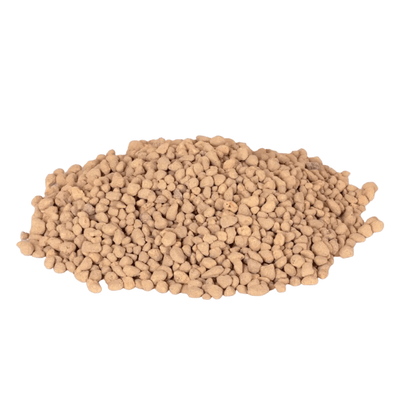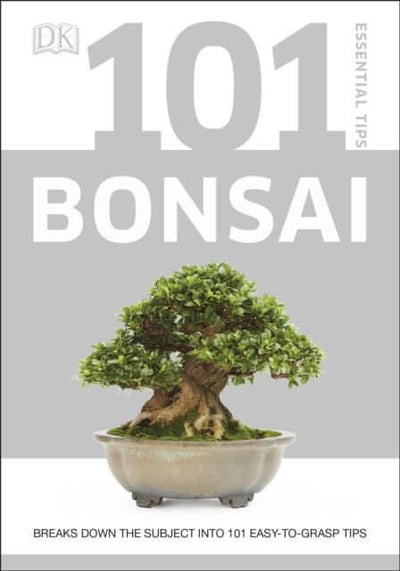The Ultimate Guide to Choosing Your First Bonsai Tree: A Beginner's Journey
Embarking on Your Bonsai Journey: Choosing the Right Tree for Beginners
Bonsai, the art of growing miniature trees in containers, is a captivating hobby that offers endless possibilities for creativity and connection with nature. For beginners, the sheer variety of bonsai species can be overwhelming. But fear not! This guide will help you navigate the world of bonsai and choose the perfect tree for your first foray into this enchanting art form.
Factors to Consider Before Buying Your First Bonsai
Before diving into the world of bonsai species, let's explore some key factors to consider:
- Space and Sunlight: Bonsai trees, like any plant, require adequate space and sunlight to thrive. Determine the amount of space you have available for your bonsai and the amount of sunlight your chosen spot receives. Some bonsai species are more tolerant of shade than others.
- Time Commitment: Bonsai care requires regular watering, fertilizing, pruning, and repotting. Be realistic about the time you can dedicate to your bonsai's well-being.
- Climate: Consider your local climate. Some bonsai species are more resilient to specific temperatures and humidity levels. Choose a tree that can adapt to your environment.
- Personal Preferences: Ultimately, choose a bonsai tree that appeals to you aesthetically. Explore different species and styles to find one that resonates with your tastes.
Top Bonsai Trees for Beginners
Now that you have a grasp of the key factors, let's delve into some of the most beginner-friendly bonsai species:
1. Chinese Elm (Ulmus parvifolia):
- Pros: Fast-growing, tolerant of various climates, easily pruned, and readily available.
- Cons: Prone to pests and diseases if not properly cared for.
2. Japanese Black Pine (Pinus thunbergii):
- Pros: Iconic bonsai species, known for its resilience and distinctive needles.
- Cons: Requires specific pruning techniques and can be more challenging for beginners.
3. Japanese Maple (Acer palmatum):
- Pros: Fairly quick growing, easy to care for, and visually appealing.
- Cons: Leaves can be burnt by hot sun and strong winds.
4. Ficus (Ficus microcarpa):
- Pros: Adaptable to various conditions, easy to shape, and produces beautiful foliage.
- Cons: Sensitive to drafts and temperature changes.
5. Chinese Privet (Ligustrum):
- Pros: Classic bonsai species, hardy, and withstands cold temperatures.
- Cons: Require regular pruning.
Tips for Success:
- Start Small: Opt for a small bonsai tree to begin your journey. This allows you to learn the basics of bonsai care without overwhelming yourself.
- Seek Guidance: Join a local bonsai club or consult experienced bonsai enthusiasts. They can provide invaluable advice and support.
- Be Patient: Bonsai is an art form that requires patience and dedication. Don't be discouraged if your initial attempts don't go exactly as planned.
- Observe and Adapt: Pay attention to your bonsai's needs and adjust your care routine accordingly. Each tree has unique characteristics.
- Enjoy the Process: Bonsai is not just about the end result but also about the journey of nurturing and shaping your tree. Embrace the learning process and appreciate the beauty of nature.
Choosing your first bonsai tree is an exciting step into the world of this ancient art form. By considering the factors discussed above and selecting a species that aligns with your preferences and capabilities, you'll embark on a rewarding and fulfilling journey of bonsai cultivation.








